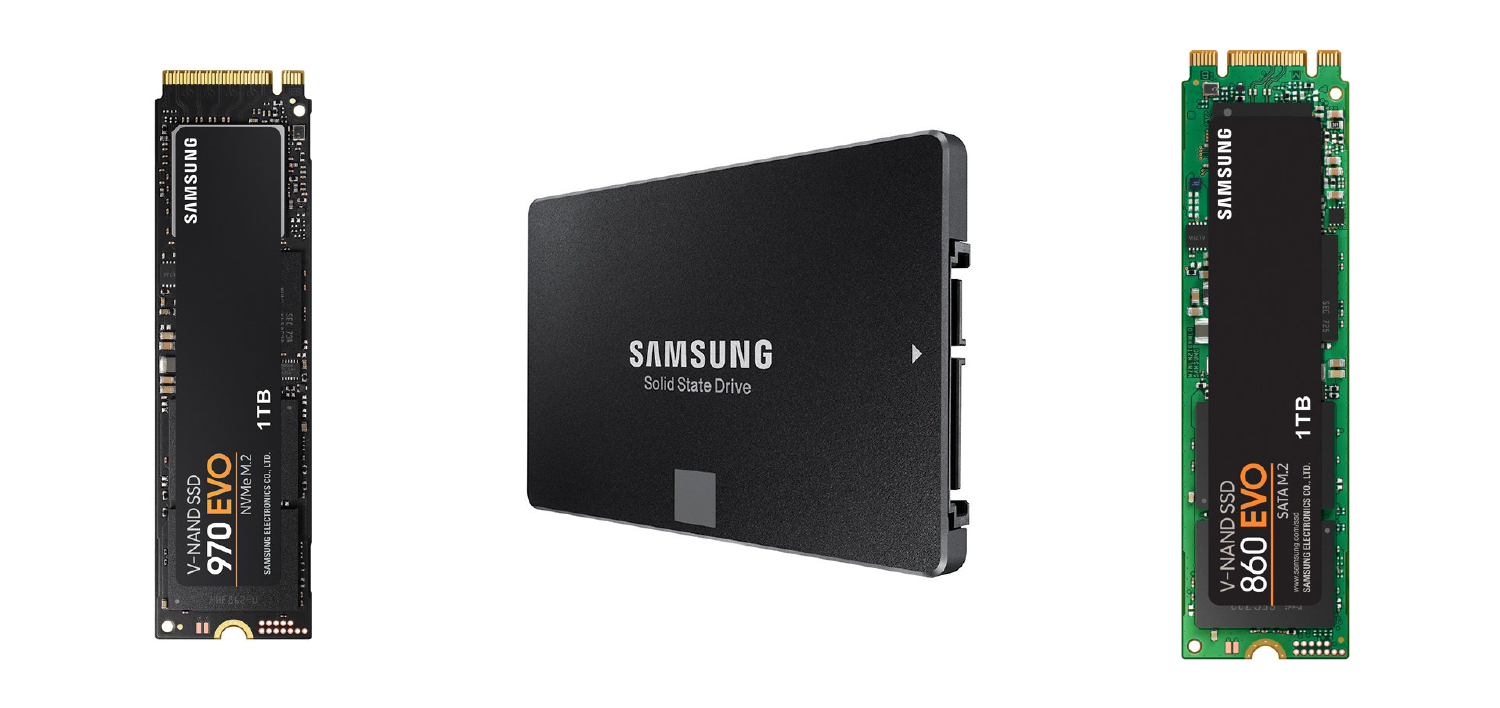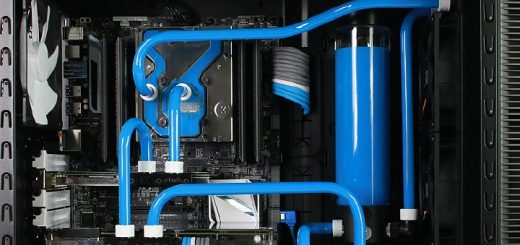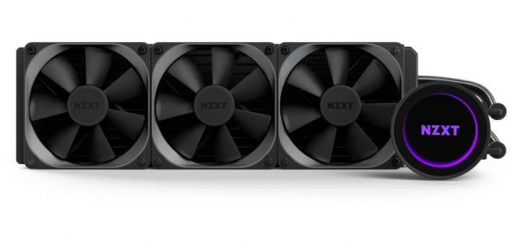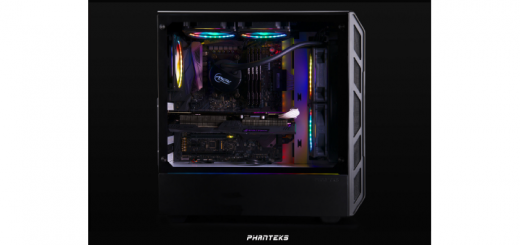Upgrading your computer system or laptop from an HDD to an SSD (Solid-State Drive) can significantly boost its performance. It is because SSDs are a lot faster than conventional HDDs as they access data digitally from flash memories, unlike HDDs that use a physical mechanism to read data from magnetic stripes.
Why are SSDs faster than HDDs?
SSDs, in essence, work like RAM or memory in a computer. They both use Integrated Circuits or chips for storing data and hence are a lot faster compared to mechanical HDDs. However, while RAMs are volatile i.e. they lose the data stored when the system is powered off, SSDs are non-volatile. They retain the data stored even after the system is turned off.
Many users are switching or supplementing their desktop and laptop HDDs with SSDs due to the better performance of the latter. It reduces the loading time of the operating system and speeds up the execution of applications and tasks.
Different Types of SSDs
There are different types of SSDs available in the market. They not only differ in their performance and price but also use different types of connectors. SSDs can be divided into four broad categories depending on the types of connectors they support:
- SATA
- mSATA
- NGFF M.2
- NVMe PCIe M.2
The above SSDs have different connectivity interfaces and varying specifications. Some SSDs are fast while others are more affordable. They are designed considering the needs of different consumer segments.
Choosing the right SSD out of these can be quite confusing for a buyer. If you are looking to upgrade your system with an SSD but don’t know which one to choose, then don’t worry, we have got you covered. A basic understanding of the different types of SSDs based on their connectors and the best-case scenarios for choosing one over the others can assist you in making the right decision.
SATA SSDs

Samsung 850 EVO SATA III SSD
SATA SSDs are the most popularly found categories of SSDs. These SSDs use a SATA (Serial Advanced Technology Attachment) interface to connect to the computer. Modern HDDs also use a SATA interface. SATA was first introduced in the year 2000 as version 1.0 (SATA I) and had a transfer speed of up to 1.5Gbit/s. The SATA standard was revised to 2.0 in 2004 (SATA II) and supported a speed of up to 3.0Gbit/s.
Modern laptops and desktops feature SATA 3.0 ports (SATA III) that support a transfer speed of up to 6Gbit/s (750MB/s). They are used to connect HDDs, DVD drives and SSDs to the desktop or laptop. SATA SSDs use the SATA 3 interface for connecting to the computer or laptop. These SSDs generally have a read and write speeds in the range of 450-550 MB/s on an average which is a lot faster than SATA 3 HDDs that have a read and write speed varying from 70-200 MB/s.
SATA 3 SSDs are the best choice for most consumers who want to replace their current HDDs to speed up their system. They are also ideal for gamers who want to reduce the loading time of games. Developers and programmers may find these SSDs adequate for their requirements.
They have the same form-factor as 2.5inch HDDs and will easily fit most laptops. Laptop owners can replace the internal HDD with an SSD for boosting its performance. If you are building a new desktop system, you can use a SATA SSD for the OS drive and a regular HDD for supplementary storage. SATA SSDs are also the most economical among the different types of SSDs.
mSATA or Mini-SATA SSDs

Transcend mSATA SSD
The mSATA or mini-SATA SSDs are similar in performance to SATA3 SSDs but have a slightly different connector known as mSATA. They use the mSATA connector which was announced in September 2009 and is smaller than the standard SATA connector.
It is designed to facilitate installation of SSDs in devices that have a small form factor. These include netbooks, ultrabooks, and other devices that can’t accommodate a standard SATA SSD. mSATA SSDs are smaller than SATA SSDs and will fit computing gadgets that have a small footprint.
The speed of mSATA SSDs is comparable to SATA SSDs, but they are slightly expensive than the latter. mSATA SSDs are suitable for users whose devices have mSATA connector instead of standard SATA connector. M2 Connectors are found on older variants of laptops but are rarely seen on desktops. Nowadays, manufacturers use an M.2 connector instead of an mSATA connector on their devices.
NGFF M.2 SSDs

Samsung 860 EVO SATA M.2 SSD
The NGFF M.2 SSDs are often referred to as M.2 SSDs though M.2 is the name of the connector used. The NGFF (Next Generation Form Factor) is a replacement specification for the mSATA standard. It is a refinement of the mSATA standard and uses a new connector, known as M.2, that supports a wide range of devices. The M.2 connector is not compatible with mSATA devices.
While the mSATA interfaces only support different versions of SATA (i.e. SATA 1.0 to SATA 3.0), the M.2 connector allows SATA 3.0, USB 3.0, and PCIe 3.0 devices to be used provided the motherboard supports the same.
NGFF M.2 SSDs share the same specifications as SATA and mSATA SSDs but use a different connector. They have similar read and write speed and will give an equal performance boost as SATA 3 and mSATA SSDs. SATA NGFF M.2 SSDs are a good choice for users whose desktop, laptops or computing devices feature M.2 slots.
They are ideal for users who don’t want to replace existing HDDs on their laptops but still want the performance boost of an SSD. As NGFF M.2 uses a different connector, you can retain your current drive and still install an additional SSD.
The price of NGFF M.2 SSD is slightly more than SATA SSDs but is comparable to mSATA SSD. Modern devices including desktops, laptops, ultra-books, and notebooks feature M.2 slots. All M.2 slots support NGFF M.2 SSDs.
NVMe PCIe SSDs

Samsung 970 EVO NVMe M.2 SSD
M.2 NVMe PCIe SSDs (simply called NVMe SSDs) are faster than all the SSDs mentioned before. They also use the M.2 connector just like NGFF SSDs. M.2 is a connector that may support both NGFF and NVMe SSDs depending on the configuration of the motherboard. M.2 slots on older motherboards only support NGFF SSDs while the latest motherboards come with M.2 slots that can work with NVMe SSDs.
NVMe PCIe SSDs have a read and write speeds of up to 3500 and 3000 MB/s on average which is a lot faster than other types of SDDs mentioned before. However, their better performance comes with a higher price tag. A 256GB NVMe PCIe SSD will be 1.5 to 2 times the price of a 256GB SATA SSD making it quite expensive.
NVMe PCIe SSDs are overkill for gaming or day to day usage. Regular users and gamers will not see any real-world benefit by opting for an NVMe SSD over a SATA or NGFF SSD. NVMe SSDs only make sense for users who run applications that are CPU intensive or involve high disk I/O operations. These tasks can include video editing and image processing in 4K or higher resolutions.
Users who are buying an NVMe SSD for using it as the OS partition must ensure that their motherboards BIOS can boot from an NVMe drive. Older motherboards may not be able to boot from an NVMe drive. The information regarding the same can be obtained from the manufacturer’s manual that comes along with the motherboard.
Right Length of SSDs
Another important aspect to consider while choosing an NGFF or NVMe PCIe SSD is the length supported by the motherboard of the device. M.2 and NVMe SSDs are 22mm wide but have varying lengths. These may be 30, 42, 60, 80 or 110mm long depending on the manufacturer. Some motherboards, especially those of netbooks and tablets, may support 30 or 42mm SSDs while desktops motherboards can accommodate up to 110mm M.2 drives. The motherboard will have the retention screws for the SSDs along with markings depicting the supported sizes. mSATA SSDs are mostly available in 60mm length.
Performance Variation Among Similar Types of SSDs
There is a wide range of SSDs available in each of the above categories. They have different specifications and will perform differently. A SATA 3 SSD from one brand may not be able to perform as well as a SATA 3 SSD from another brand. The same will be the case with NGFF and NVMe drives. Users must ensure that the SSD they are buying meets their requirements.
If you are wondering about the best SSDs in each category, then refer to our roundup of the best SSDs available in the market today.
Summarizing – So which is the best SSD for you?
- If you are a gamer, developer or regular user who wants to upgrade their laptop’s or desktop’s HDD, then a SATA3 will be the perfect fit for you.
- Users who own a laptop or an ultrabook with an mSATA or M.2 connector but don’t want to replace their current HDD can buy an mSATA or M.2 SSD respectively. The availability of mSATA SSDs is limited as 2 connectors have replaced mSATA connectors.
- Enthusiasts and users who create and render videos in 4K resolution or perform other tasks with high disk-I/O requirement can consider an NVMe SSD provided their desktops or laptops support it.
Note: Installing an SSD on a retail desktop or laptop may void its warranty.





